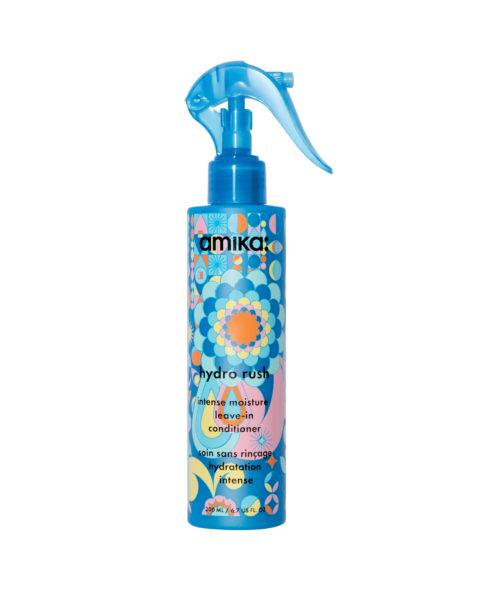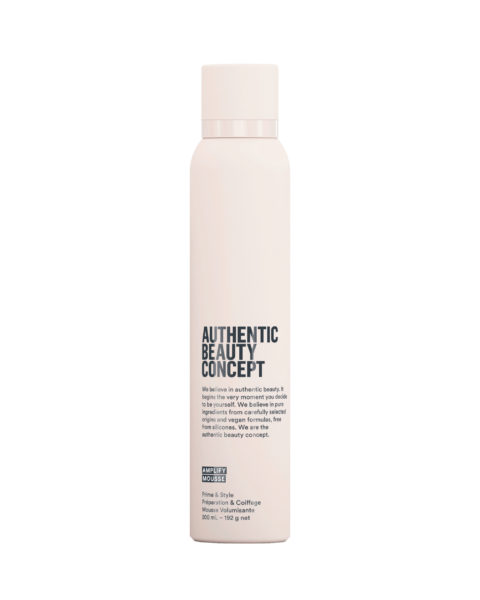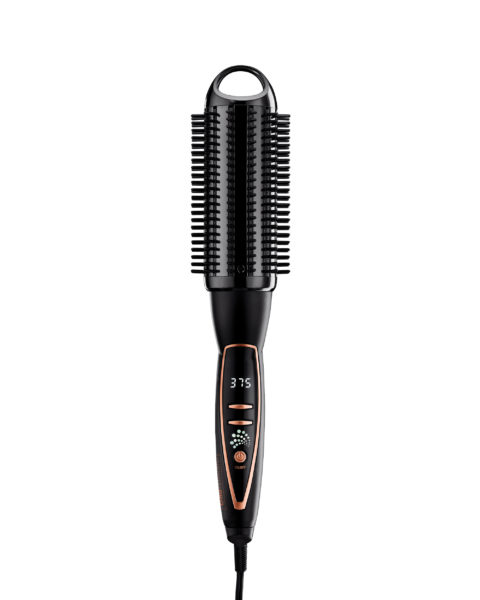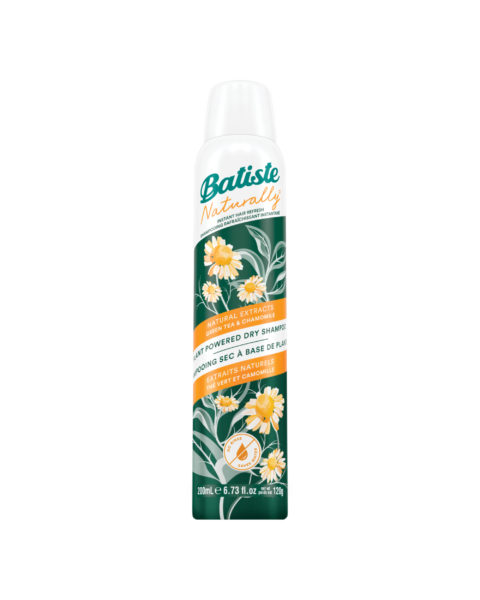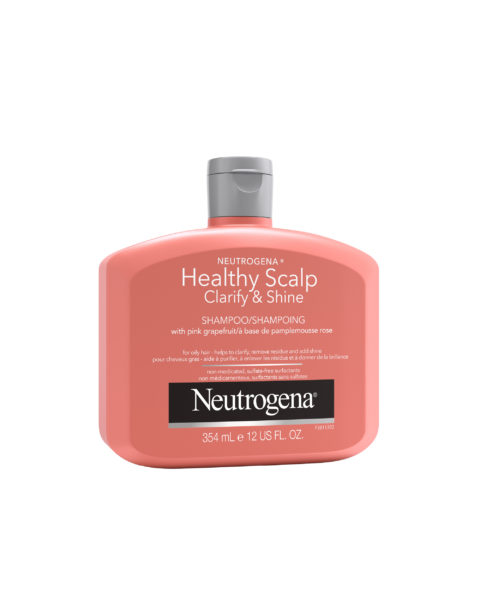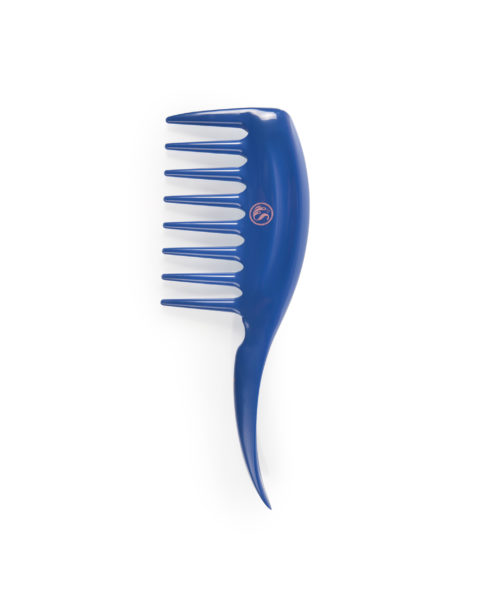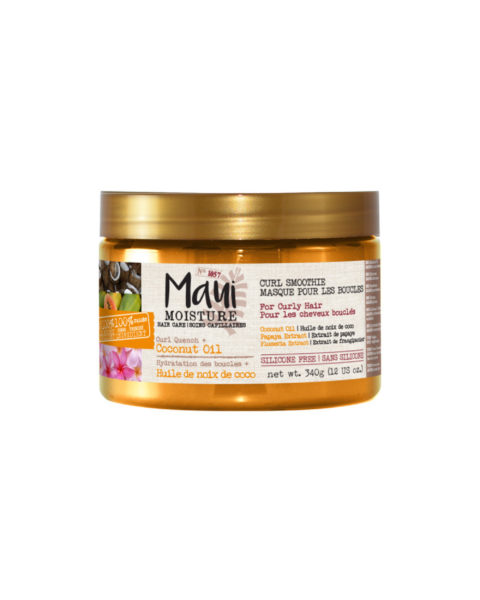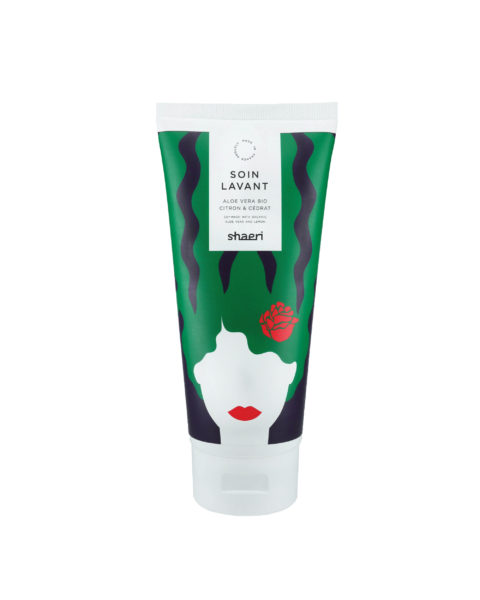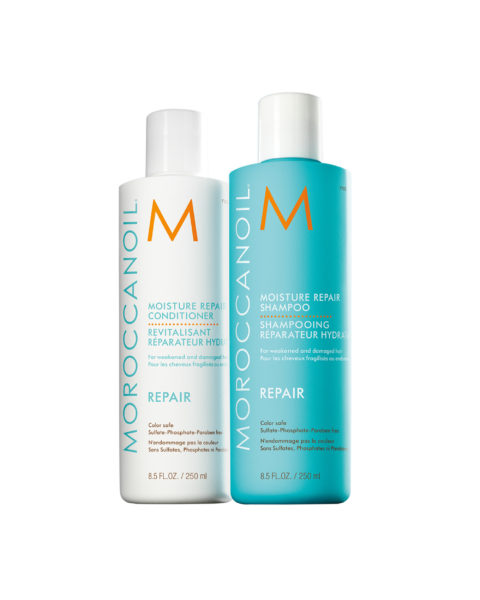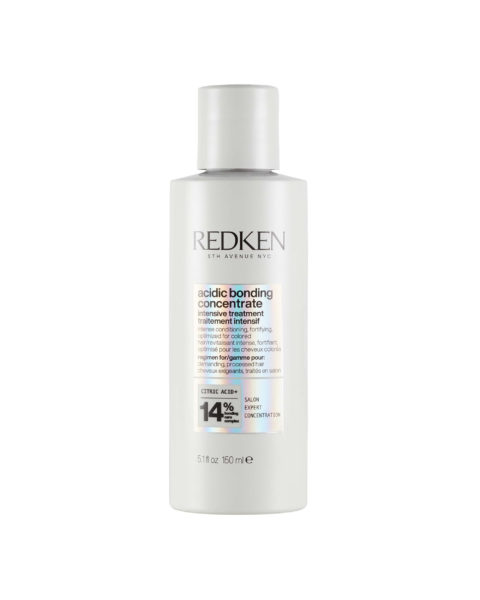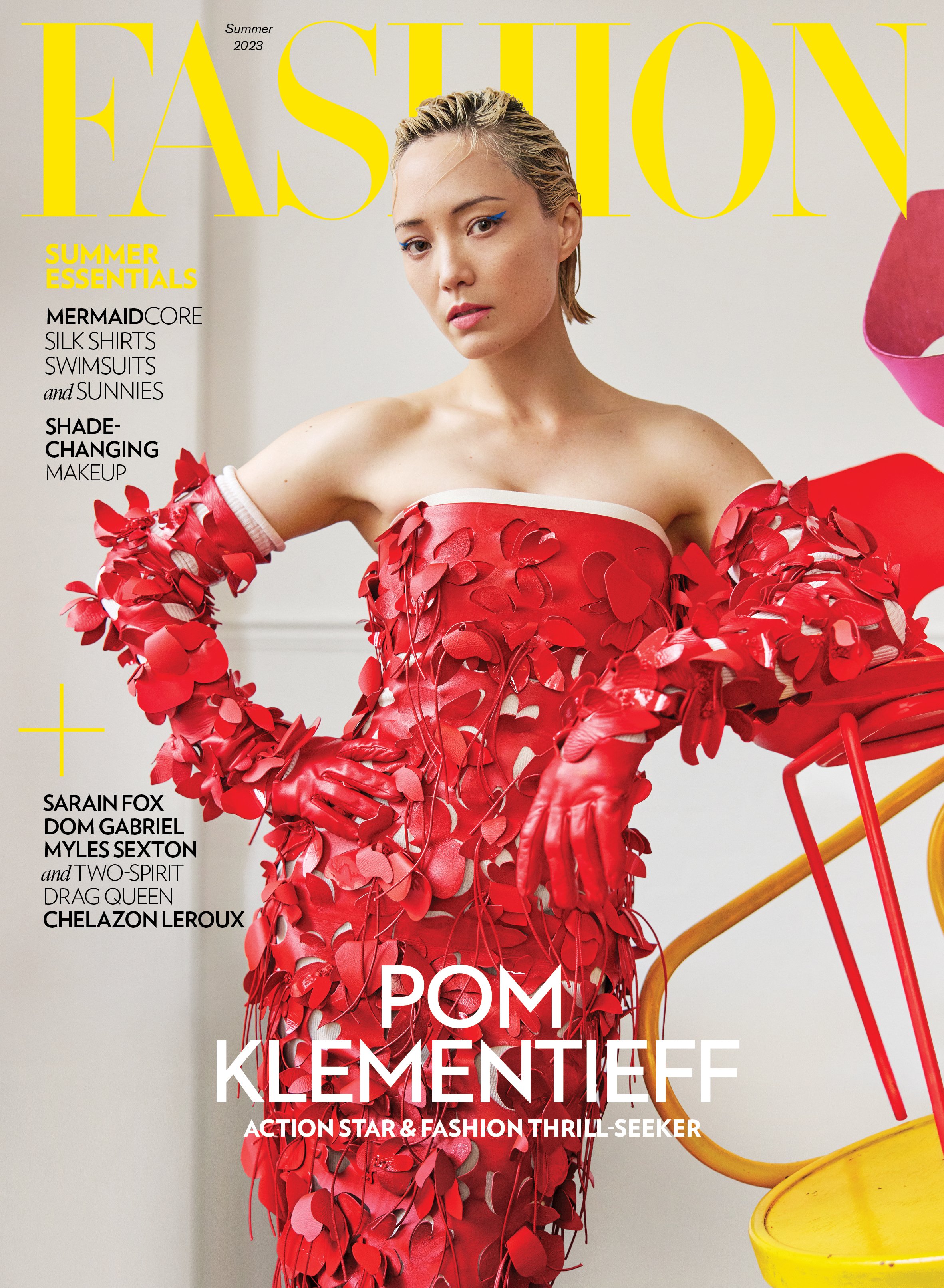How To Hack Your Way to Good Hair Days
Greasy scalp? Lack of volume? Try these tips for help with common hair issues.
The hair on your head is beautifully unique, but you are not alone in experiencing its most frequent challenges. We asked two pros to spill their best advice — from getting frizz-free curls that last for days to nipping breakage of colour-treated strands in the bud — for dealing with common hair concerns. Add these tips to your routine today and your best hair days will unfold before your eyes.
How to boost your hair’s volume
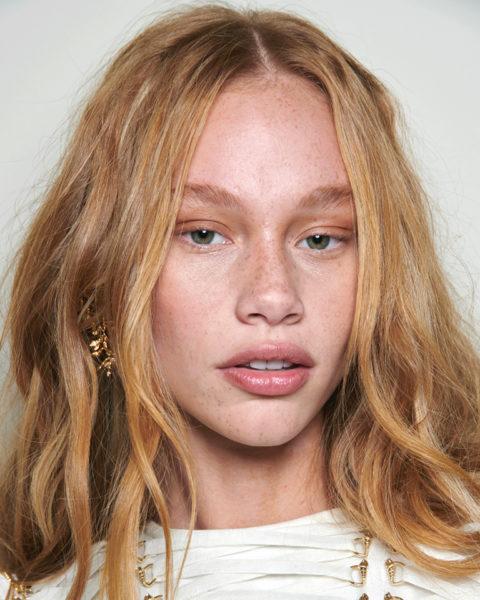
Dealing with droopy, limp hair? The art to amplifying fine, flat strands with volume that lasts includes layering the proper products and finessing your styling techniques. “Fine hair needs something to adhere to,” says Greg Gilmore, global colour ambassador for Moroccanoil and an L.A.-based celebrity colourist who’s worked with Toni Braxton, Tiffany Haddish and Storm Reid. The road to big things begins in the shower. “A volumizing shampoo will give you a good base to start with,” says Jennifer Dubois, hairstylist and owner of Miyosiwin Salon Spa in Regina, which offers services that are sensitive to Indigenous culture. She recommends traditional conditioner for all hair types, to help reduce frizz and ease tangles, but those with superfine hair can pivot to a lightweight leave-in conditioning mist. “Spray it on your hands and rub it into the ends first, and then work your way up,” she says.
Using a hot tool helps build structure for fine strands; just be sure to use a thermal protectant before layering in a styling product with hold. A volumizing mousse and a two-in-one dryer brush can add amazing volume, Dubois explains. “Those tools are easy to use,” she says, noting that elevation can make or break fuller results. “At the crown, you want to pull the brush straight up, pushing the hair forward.” To create voluminous curls that last, Gilmore uses a curling iron with an extra-hold hairspray. “Spray a little bit on each section before you curl it; then allow the section to sit there or pin it up,” he says. “And don’t touch it until you’re ready to comb out the whole style.” Whichever hot tool you choose, adjust the setting to below 400°F. “High heat closes the cuticle, which makes hair sleeker and smoother,” says Gilmore. “But that doesn’t give fine hair the opportunity to have curls that last. They will have a hard time standing up against gravity.”
Try these:
RELATED: Are We in a Pixie Cut Renaissance?
How to deal with excess oil
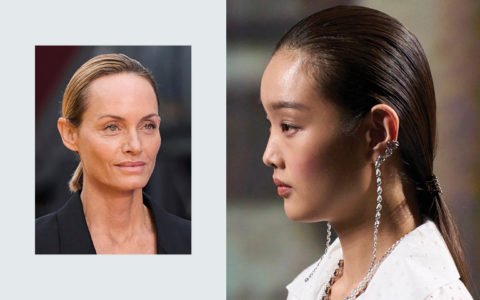
If your hair seems set on being perpetually greasy, here’s how to course-correct. To help a client with an oily scalp, Dubois switches up the basics. “It could be your shampoo that’s causing the problem, so you need to change it and find one that works better,” she says. “But you also need to give the new formula a sufficient trial period. You can’t just try it for a couple of weeks; it’s going to take a few months for your scalp to adjust.” Phasing out daily shampoos is another part of her protocol. “Using dry shampoo in between washes will help combat oiliness while also giving your scalp a break,” she says. “Some formulas have a gritty feeling, which is good for fine hair but not for coarse strands, while others have a clean feeling.” Different varieties address different hair types, so find your “fit” by experimenting.
For best results with dry shampoo, product placement counts, too. Gilmore suggests parting the hair, holding the can several inches away from your head and spraying directly toward the scalp area, not necessarily on the hair itself. “Let it sit for a second and then start to comb through the hair,” he says. “The product will start to distribute; you will see how it’s moving and can then determine if you want to add a bit more.” Where you put other stylers can also help or hinder the issue. Sprays with a dry matte texture can diminish the look of stringy strands overall, but Dubois suggests avoiding a concentration of thermal protectants on the roots and warns against using too much hairspray. “It might add to the greasiness,” she says. The quickest foolproof fix? Work with what you’ve got and lean into a fashion-forward updo. “Any extra grease gives you an opportunity to have a really nice slicked-back ponytail or a sculpted chignon or bun,” says Gilmore.
Try these:
RELATED: How to Tame Sweaty Hair After Exercising and Go Straight Out
How to keep your curls intact
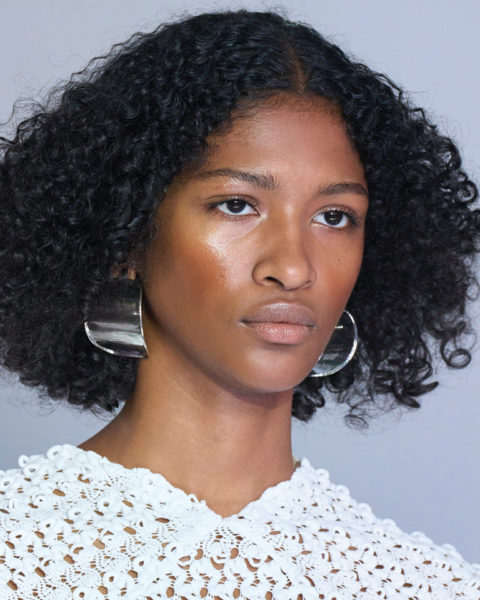
Do you dream of having frizz-free, ultra-springy curls that can withstand multi-day appearances? A few key steps can make that dream a reality. Infusing your texture with hydration at every stage is an ideal strategy, and Dubois considers cleansing products made exclusively for curls to be game-changers. “Conditioner makes the big difference,” she says. “It smooths the cuticle down so it’s not frizzy and helps the curl form better.” Applying a leave-in conditioner as soon as you finish your cleansing routine, followed promptly by a styling product that suits your texture, is also a must. Light creams or gels are best for finer curls, while thicker creams and balms tend to be a good match for coarser ones. Either way, be generous with product application and diligent with distribution.
Gilmore creates definition by going section by section using a wide-toothed comb. “Then I’ll go through each section using my fingers like a rake to separate the curls that are saturated with product,” he says. From there, air-drying or gently blow-drying using a diffuser will lock curls in. “Air-drying is the longest way to dry, but it will give you the best curls afterwards,” says Gilmore. If you’re diffusing, reduce excess moisture only around the roots and use low heat and a low airflow to avoid disrupting curls, says Dubois. And at night, protecting your curls while you sleep is crucial for style longevity. Gilmore recommends wrapping a silky scarf around the hairline, to protect edges, and then putting a satin bonnet on top. “The headband pushes the curls back, so when you’re lying on your side, you’re not necessarily on your curls,” he says. For a quick morning refresh, mix a bit of leave-in conditioner with a bottle of water and lightly mist to reactivate the curling product.
Try these:
RELATED: The Best Hydrating Curly Hair Masks for Winter
How to strengthen colour-treated hair

The biggest pitfall for colour-treated strands is breakage, but with a few pro tips, you can navigate through the fragile phase and regain strength. “You will always be compromising your hair by using colour, but this shouldn’t deter you,” says Gilmore. “Hair colour comes with so many great benefits, like the opportunity to have freedom of expression.” Preventive measures are best. “If you’re investing in a colour service, you need to be investing in your home routine with colour-treated products as well,” advises Dubois. Should breakage occur, consider it a sign that something is missing. “All colour-treated clients need a [professional] protein treatment every six to eight weeks for strengthening,” says Gilmore. “Protein helps build up the hair strand and make it sturdy.”
In between salon treatments, which offer more potent formulas that help restore hair integrity, an at-home routine focused on moisture will help, too. You need to find a balance between strength and softness, says Dubois. Her go-to SOS lineup for breakage includes shampoo, conditioner and leave-in conditioner for brittle hair and a biweekly reparative mask or treatment. For blonds experiencing breakage, Dubois suggests alternating between shampoos that neutralize brassiness and more moisturizing formulas. Purple shampoo keeps blond tones bright, but it can also be very drying, she says. And excessive exposure to hot tools is another drying factor to watch out for. “Limit the amount of heat styling, and always use a leave-in conditioner and thermal protectant on colour-treated hair before blow-drying,” says Gilmore. For those using at-home hair colour, he also recommends watching out for breakage caused by overprocessing. If you start by applying dye in the same spot on your head every time, it will always be sitting there the longest while you finish the rest of your hair, he explains.
Try these:
This article first appeared in FASHION’s March 2023 issue. Find out more here.


